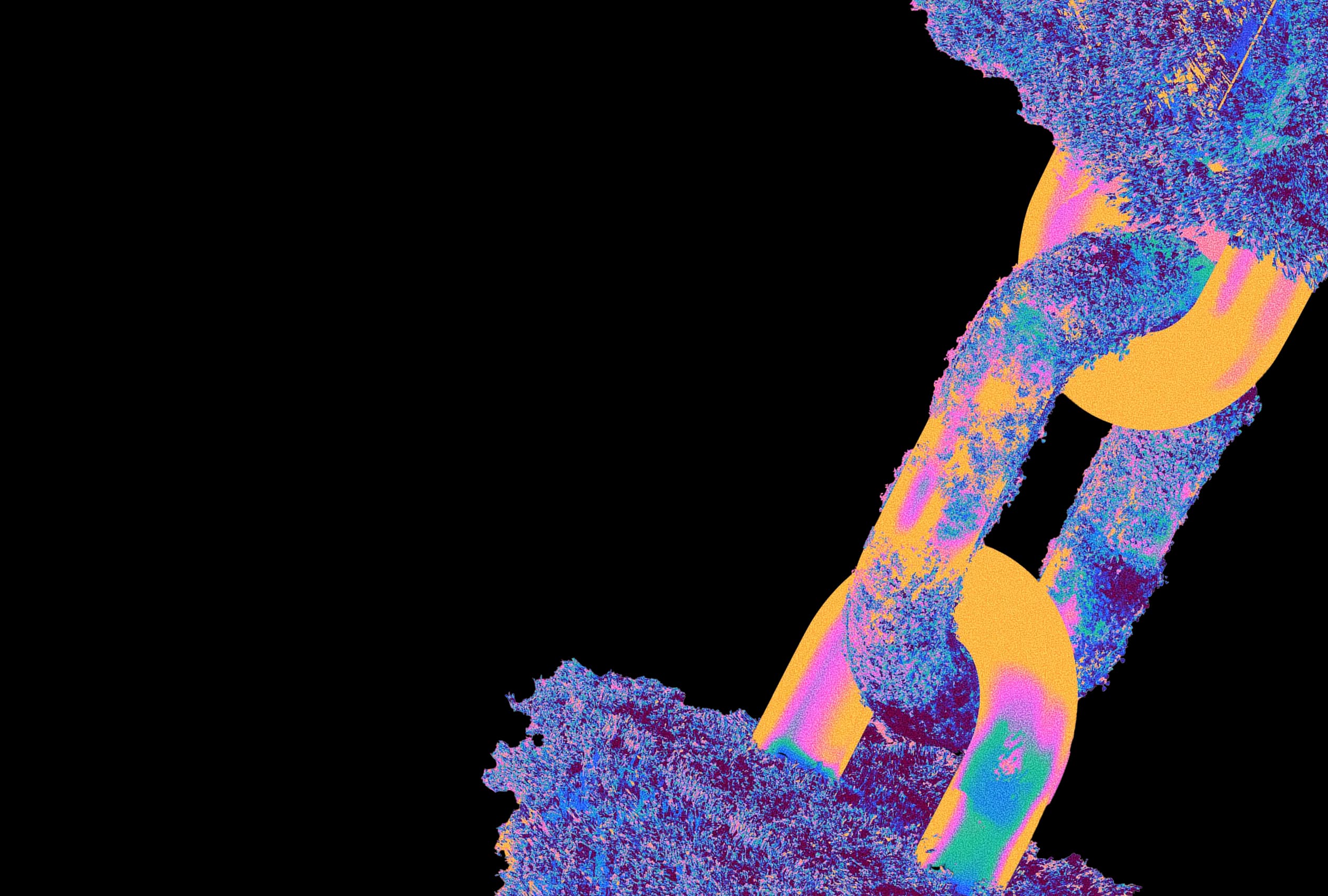Hackathon Day Two: Tuesday, June 3rd
Kenya Day Two: Tracer runs natively on Mac ARM, the blog goes live, and we're learning why having the right foundation matters.
const metadata = ;
After yesterday’s sprint to simplify our engineering stack and build the onboarding flow, today’s focus was all about pushing Tracer further into the hands of users — especially those on Mac ARM devices.
We tackled tricky system integration challenges, refined our onboarding user experience, and landed some valuable development lessons that will shape how we build for the rest of the week.
1. Minimal Nextflow Pipelines for Mac (ARM64)
Bioinformatics containers on ARM Macs don’t work well. So we took a different approach.
Today we shipped a minimal Nextflow pipeline that runs out of the box on Mac ARM64 using Conda, avoiding the complexity and compatibility issues of containers. It:
✅ works natively on Mac ARM with Conda
✅ doesn’t use Docker-in-Docker (which breaks)
✅ is fully integrated with Tracer for local runs
You can try it [here](https://github.com/Tracer-Cloud/tracer-test-pipelines-bioinformatics/tree/main/pipelines/nextflow/macos-arm64-conda-minimal) ⚡️
Tomorrow, we’ll package this with the Tracer client for the smoothest onboarding yet
2. Minimal Pipelines, Maximum Learning
After a bit of trial and error, we landed on the smallest possible working setup for Nextflow on Mac.
The goal was to make something that:
- Runs easily without containers
- Works with Tracer’s procfile system
- Shows the full observability power of Tracer from a local machine
💡 Today’s lesson (from Vincent):
> If something takes more than 45 minutes without progress, cut it and find a simpler path.
That mindset saved us hours! 😎
3. New Blog Site, Built from Scratch
Today we officially launched the Tracer blog — the very site you're reading this on — thanks to Portia, who built and shipped the full blog frontend herself 👏
It’s clean, fast, and built directly into our site so we can easily post updates, product notes, and hackathon progress without relying on third-party tools.
Well done Portia! It looks fantastic and sets the stage for everything to come 🚀
4. A Slight Detour: Rebuilding the Onboarding Flow in Next.js
While most of the team focused on pipelines and platform support, we also discovered something unexpected today:
The onboarding page we built yesterday was written in raw HTML, CSS, and JavaScript 😅
It worked. We built it VERY fast... but it wasn’t quite aligned with our frontend stack, which is built on Next.js and Tailwind.
So today we rolled up our sleeves and began rebuilding the onboarding UI properly inside the Next.js app — using the correct component structure and styling conventions 💪
This sets us up to scale faster and keep everything consistent across the platform. It also means fewer one-off fixes and a lot less inline CSS 🎯
Lesson learned: Even during hackathon week, starting with the right foundation saves time in the long run 🚀
See you tomorrow!
The Tracer Team

